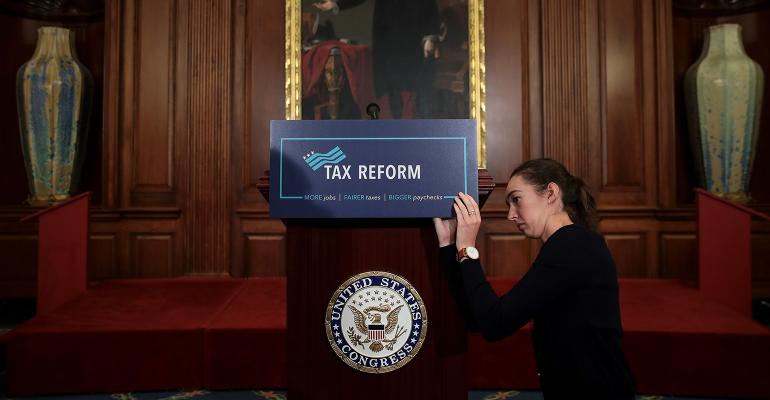The so-called “first-in, first-out” or FIFO rule, requiring investors with taxable brokerage accounts to sell shares they’ve owned the longest first, has reportedly been cut from the tax reform bill.
Sources told WealthManagement.com that they’ve heard the rule didn’t make the final version of the bill, which lawmakers are hammering out and reportedly hoping to deliver before the weekend. None of the sources have seen any part of the final version in writing.
CNBC Senior Contributor Larry Kudlow was the first to report on the exclusion. He tweeted Wednesday evening that the FIFO rule was cut and said the same thing on air Thursday afternoon, citing lawmakers with knowledge of the finale version.
The rule was only part of the Senate’s version of the tax reform bill passed Dec. 2. Shortly after, when the rule was discovered, a group of about 40 House Republicans sent a letter to congressional leaders strongly objecting its inclusion.
Among arguments that it could impact middle-income retirees and add complexity for long-term investors, the congressmen say the provision could take away from the benefit of new technologies—namely automated advice platforms or robo-advisors—that have automated tax loss harvesting.
“A switch to mandatory FIFO could deter an average investor’s use of these platforms and significantly limit their access to more sophisticated wealth management advice,” the letter states. “Millions of ordinary retail investors have access to these services today.”
The congressional letter is signed by several members of the House Financial Services Committee, including Bill Huizenga (R-Mich.), Steve Stivers (R-Ohio), Blaine Luetkemeyer (R-Mo.) and Ann Wagner (R-Mo.).





